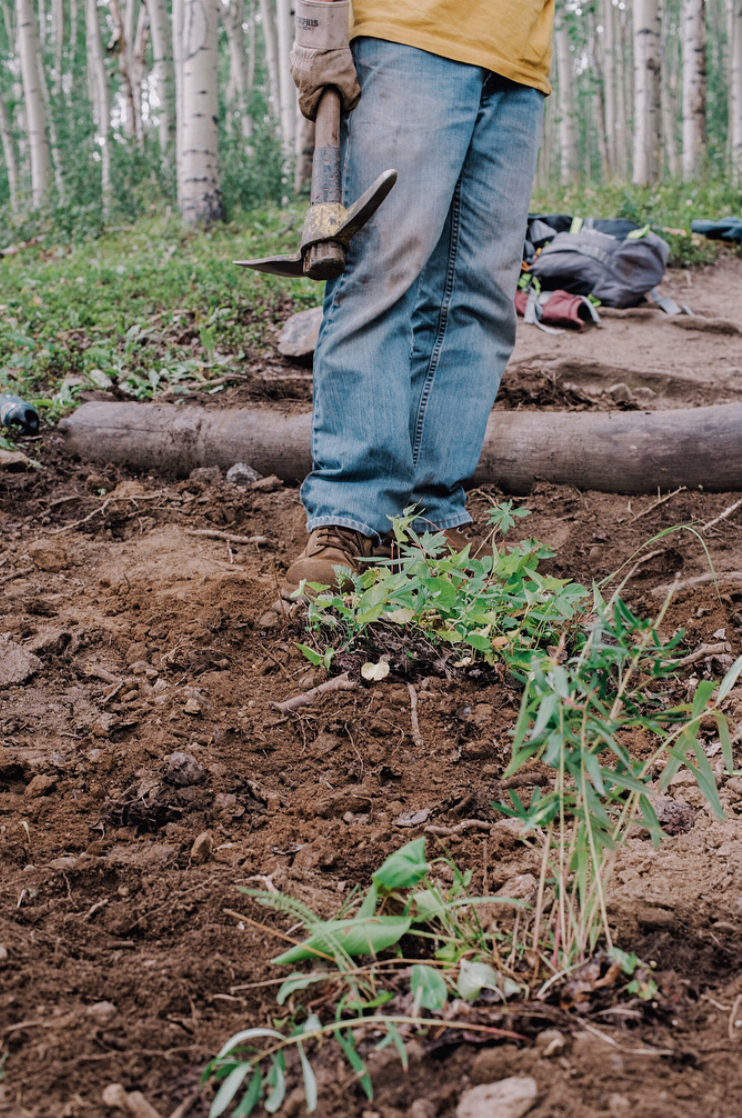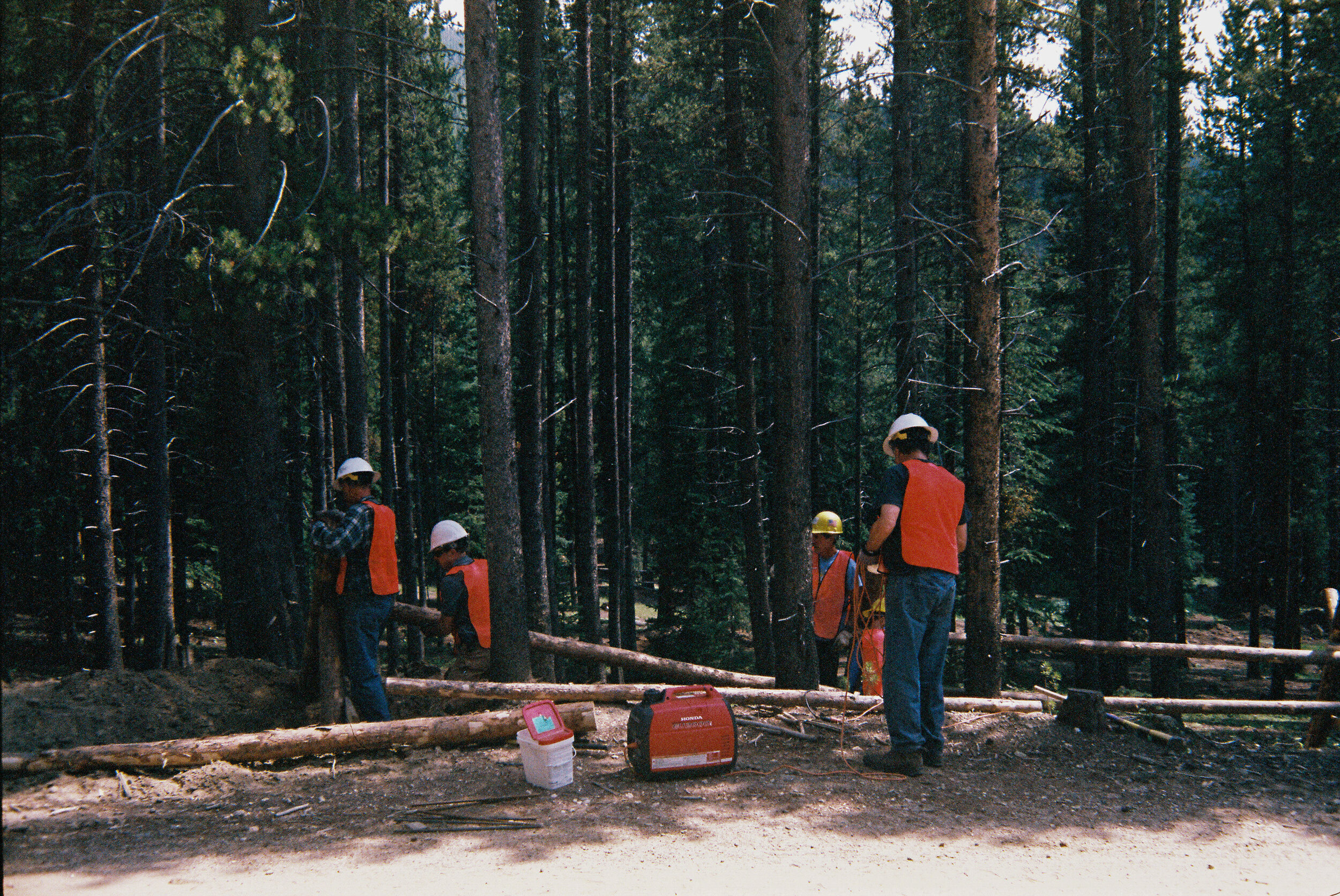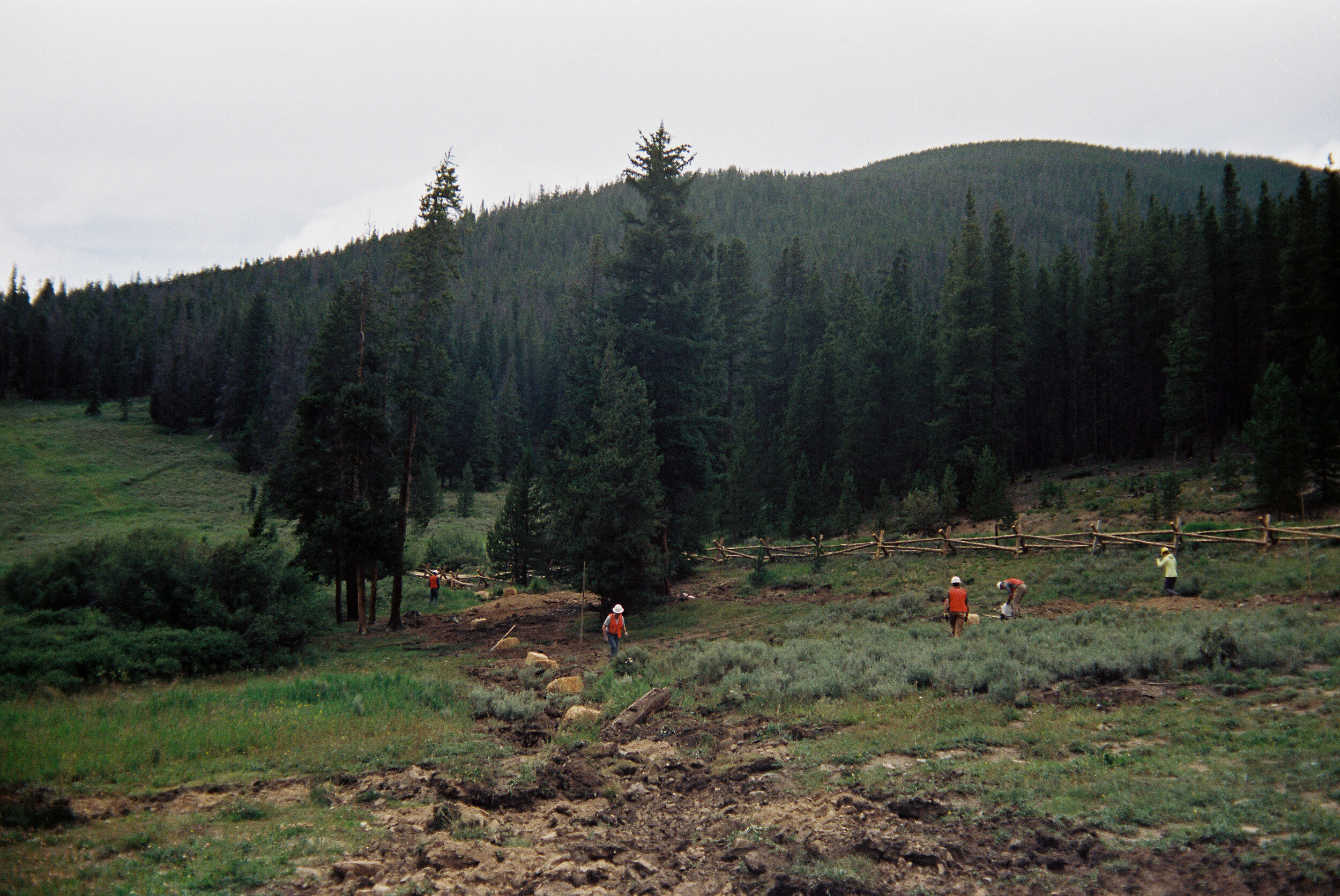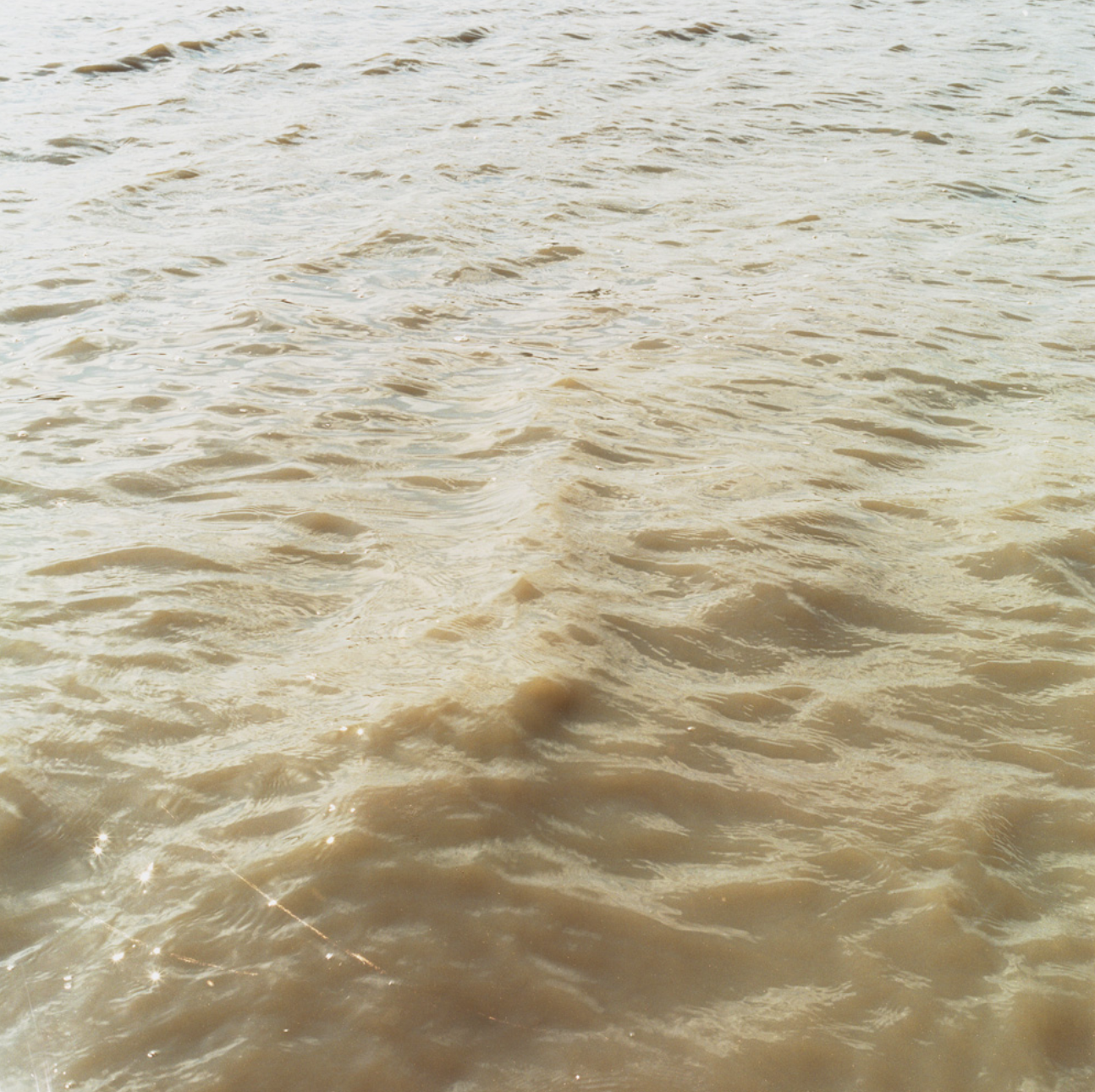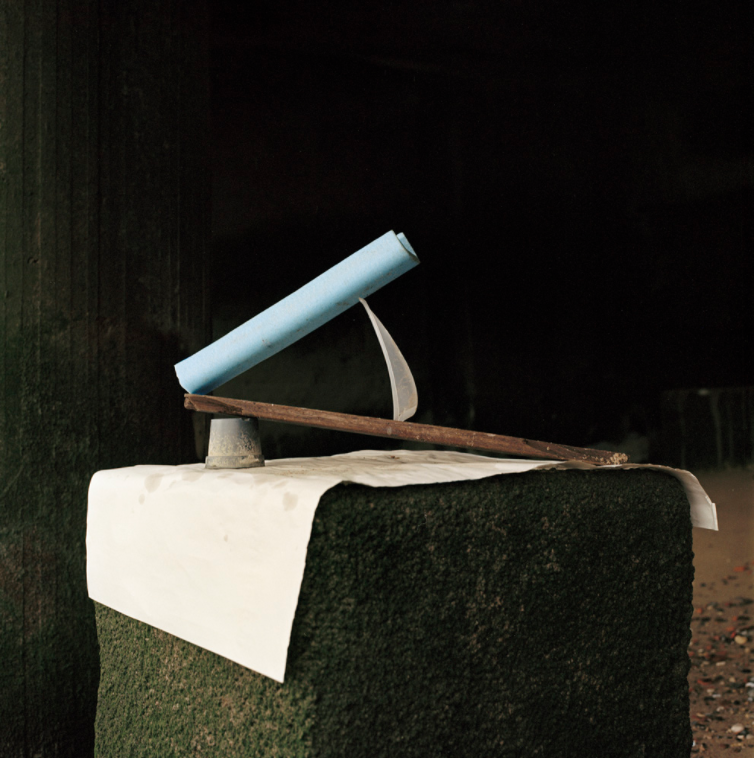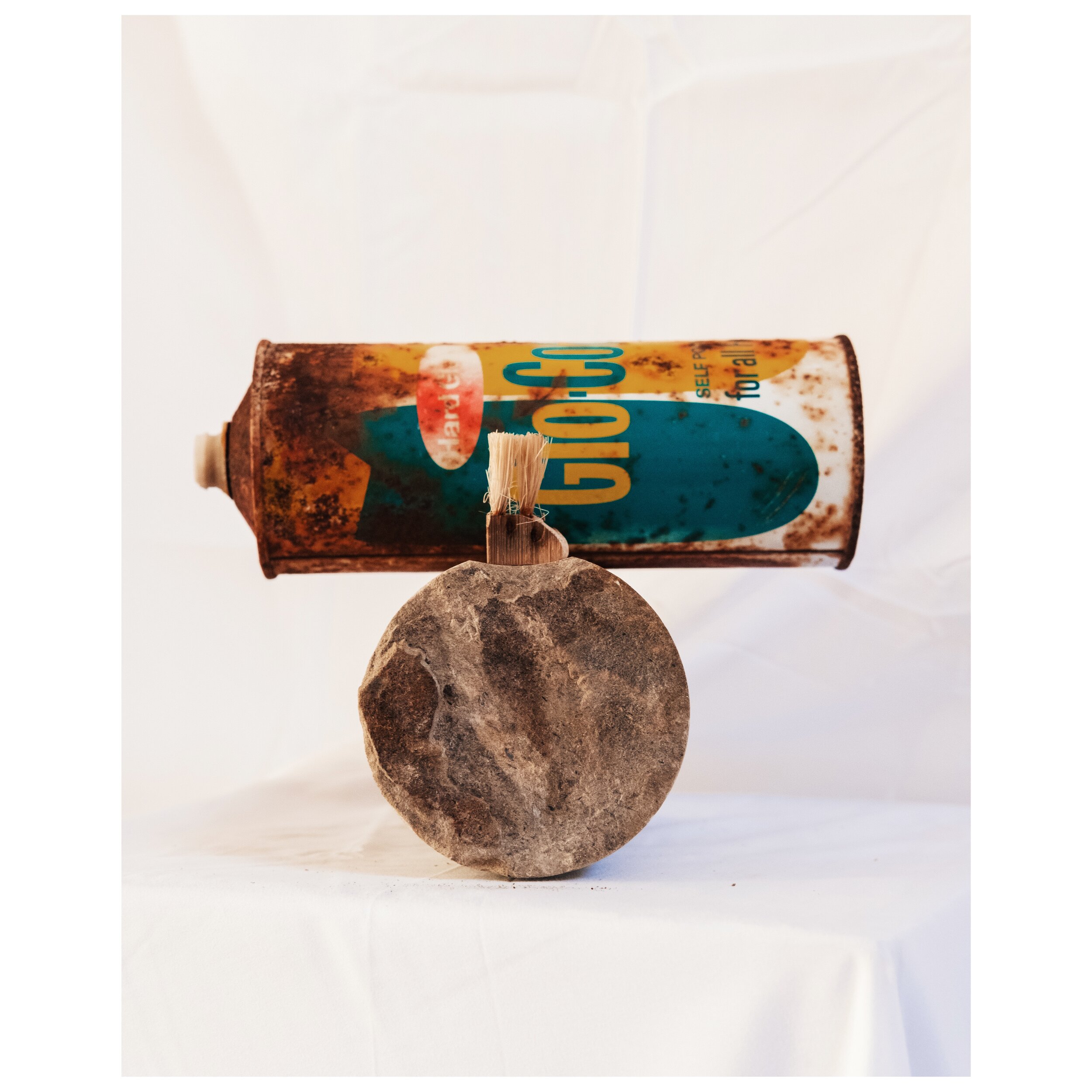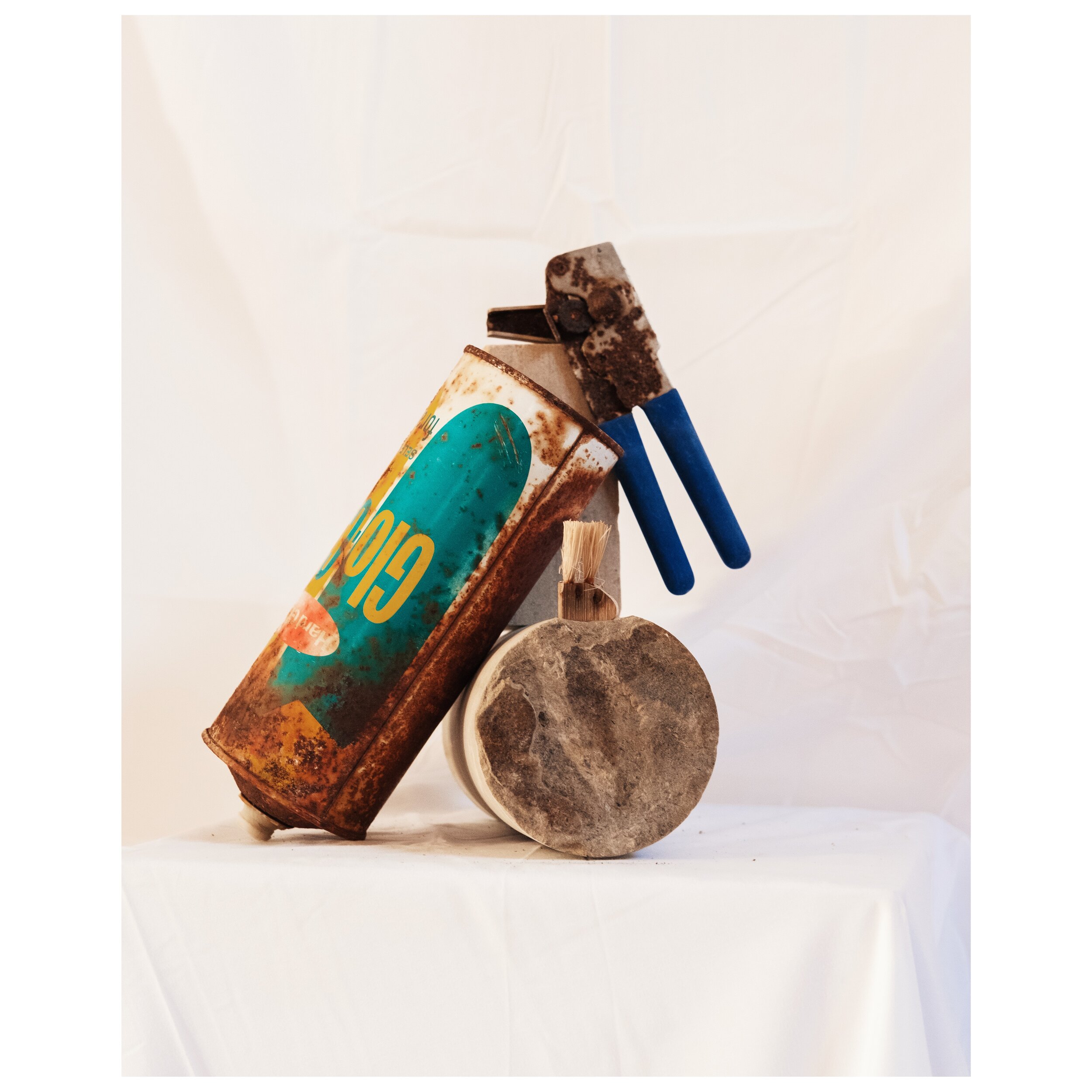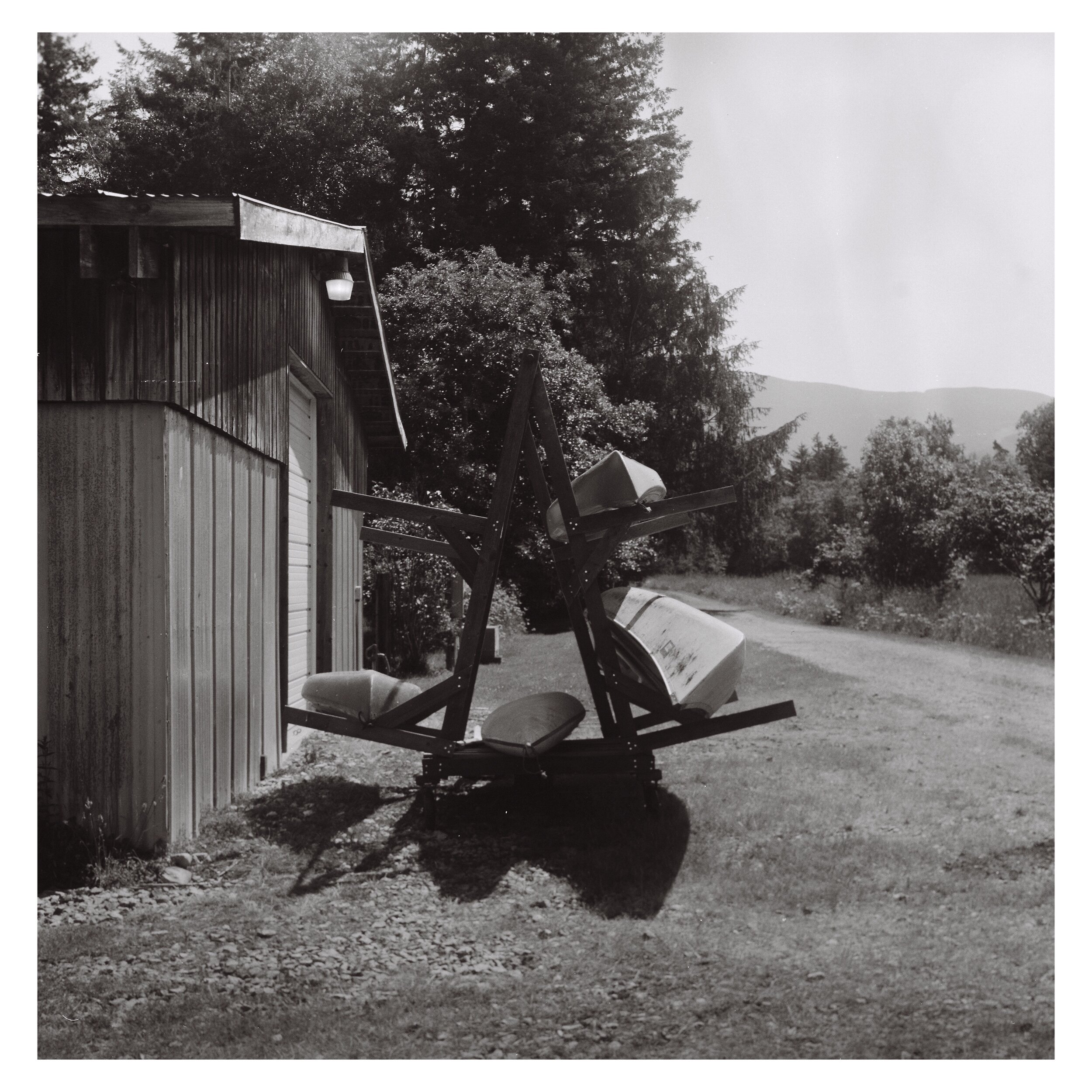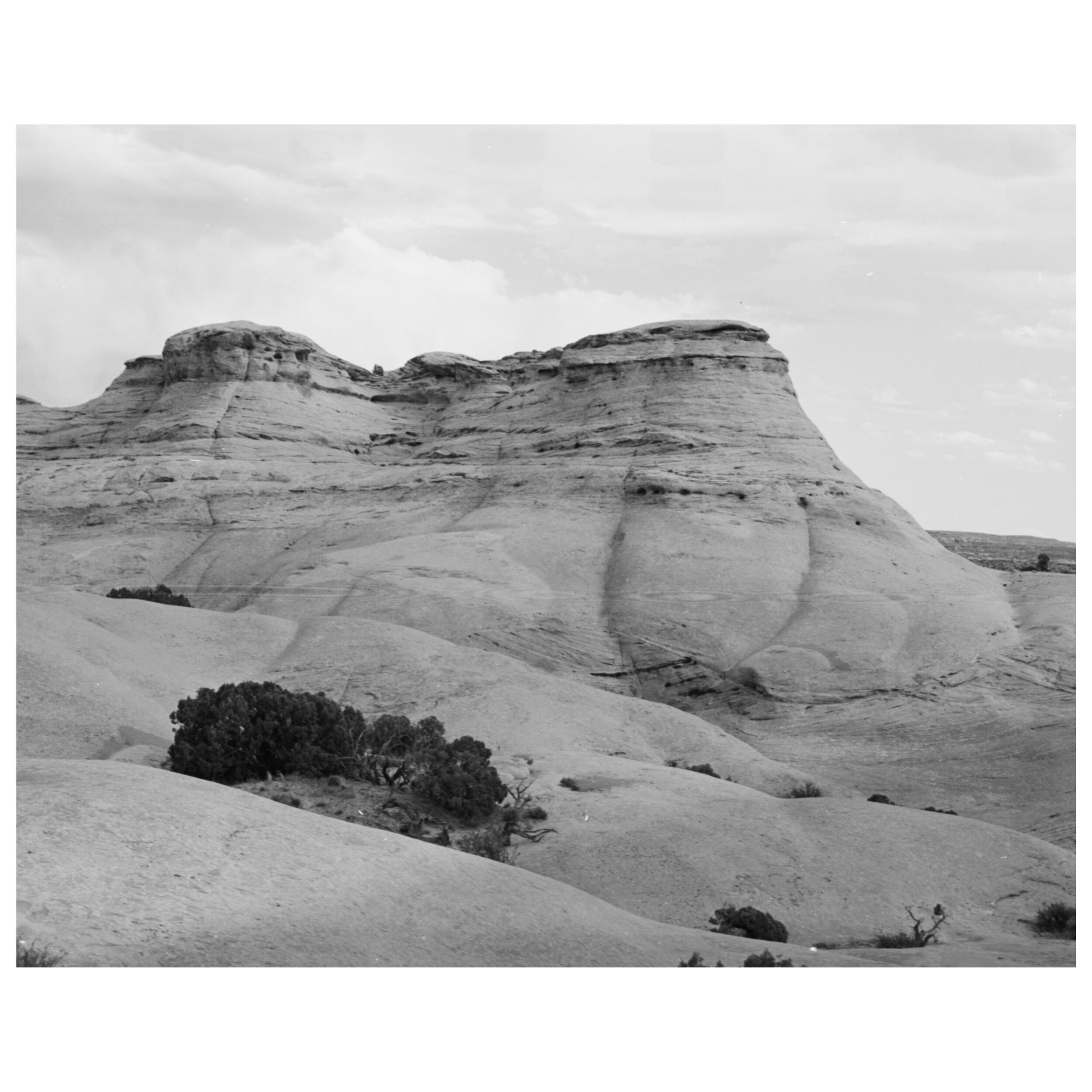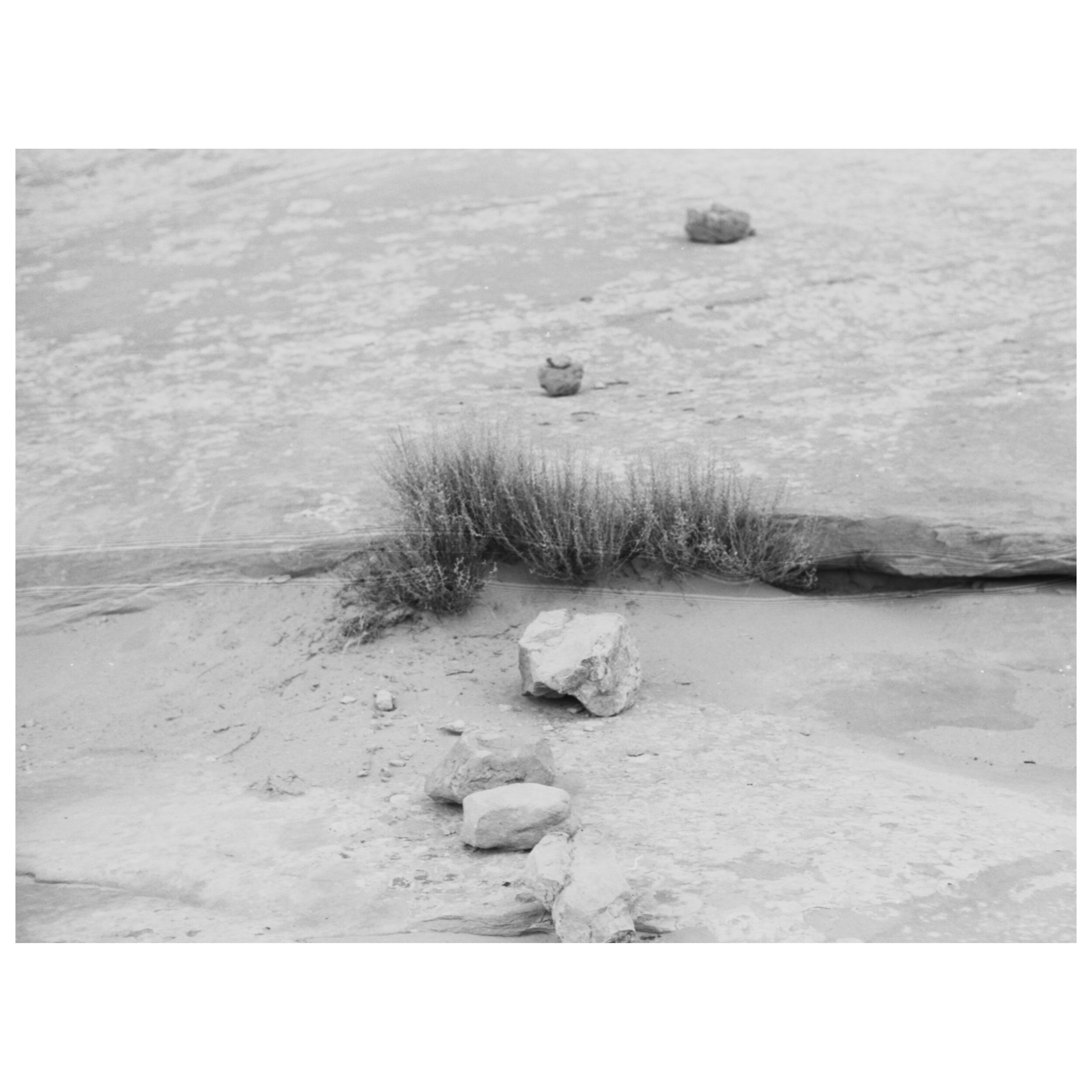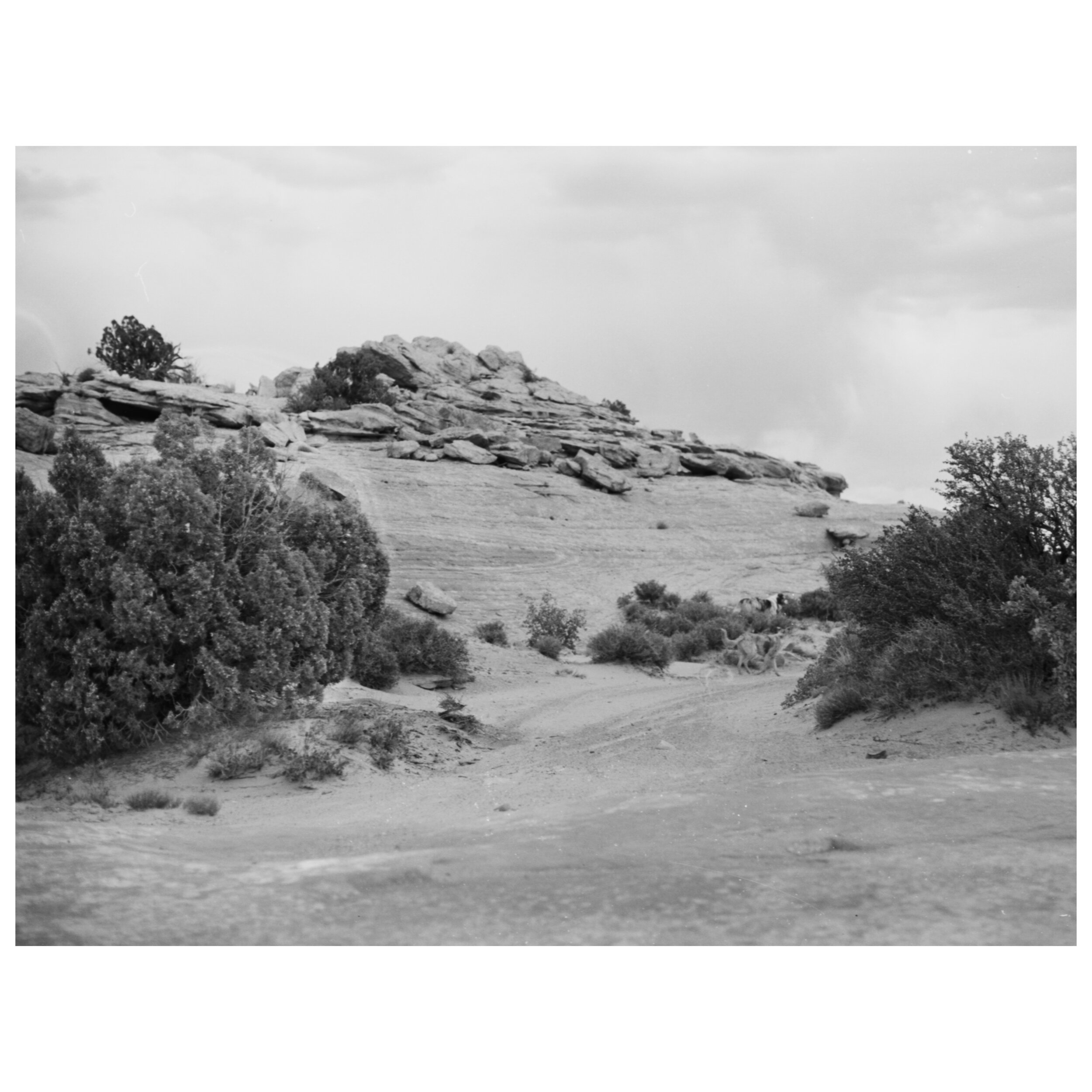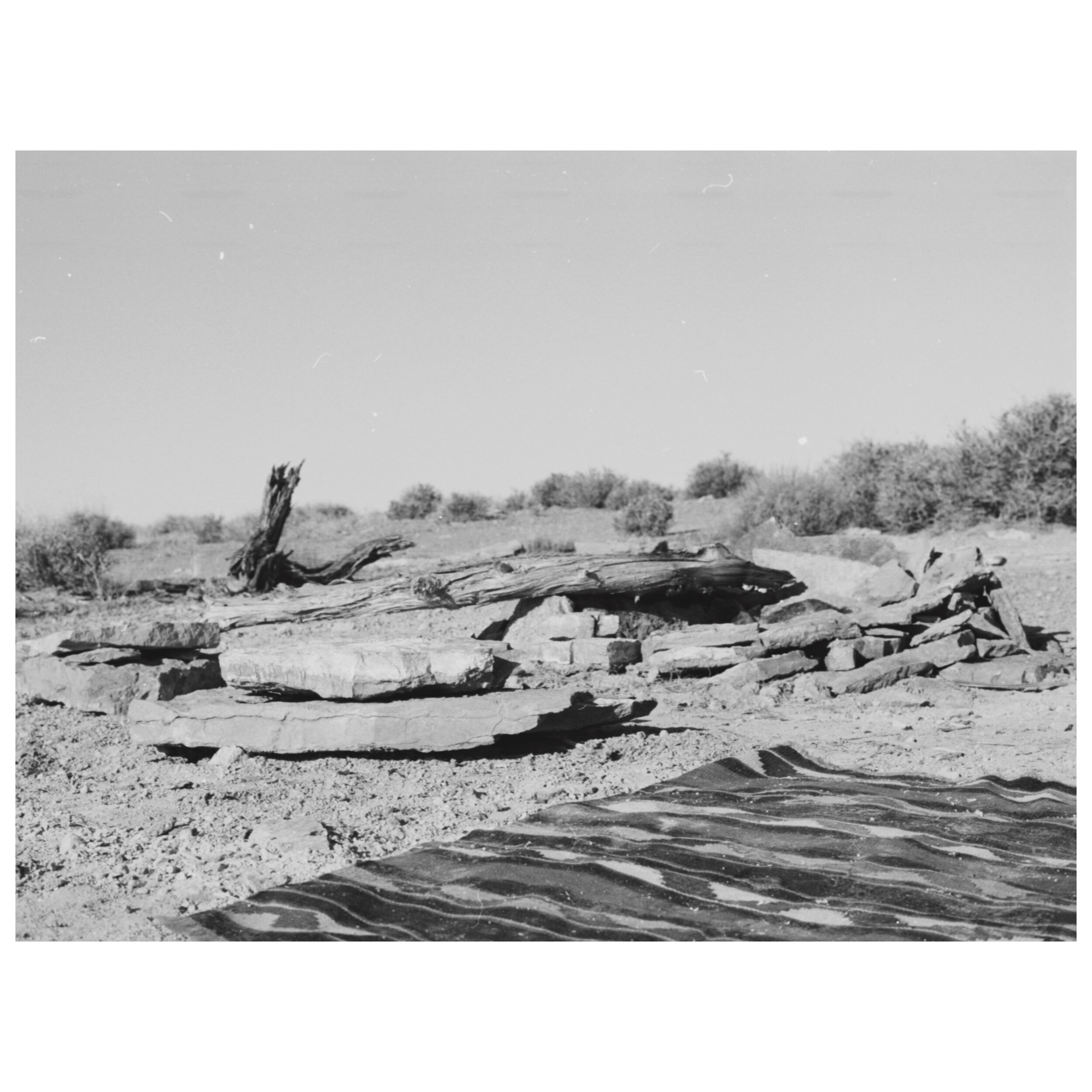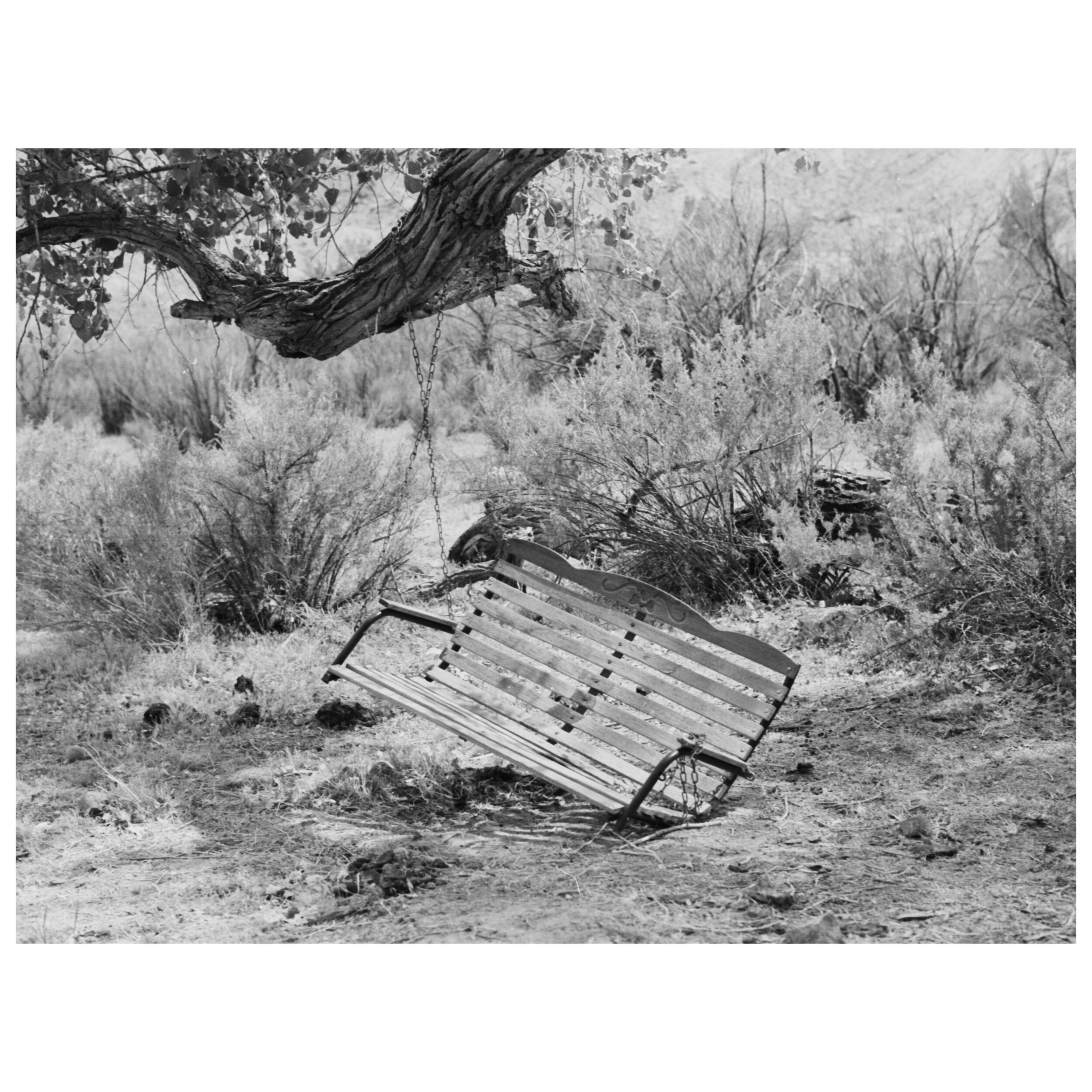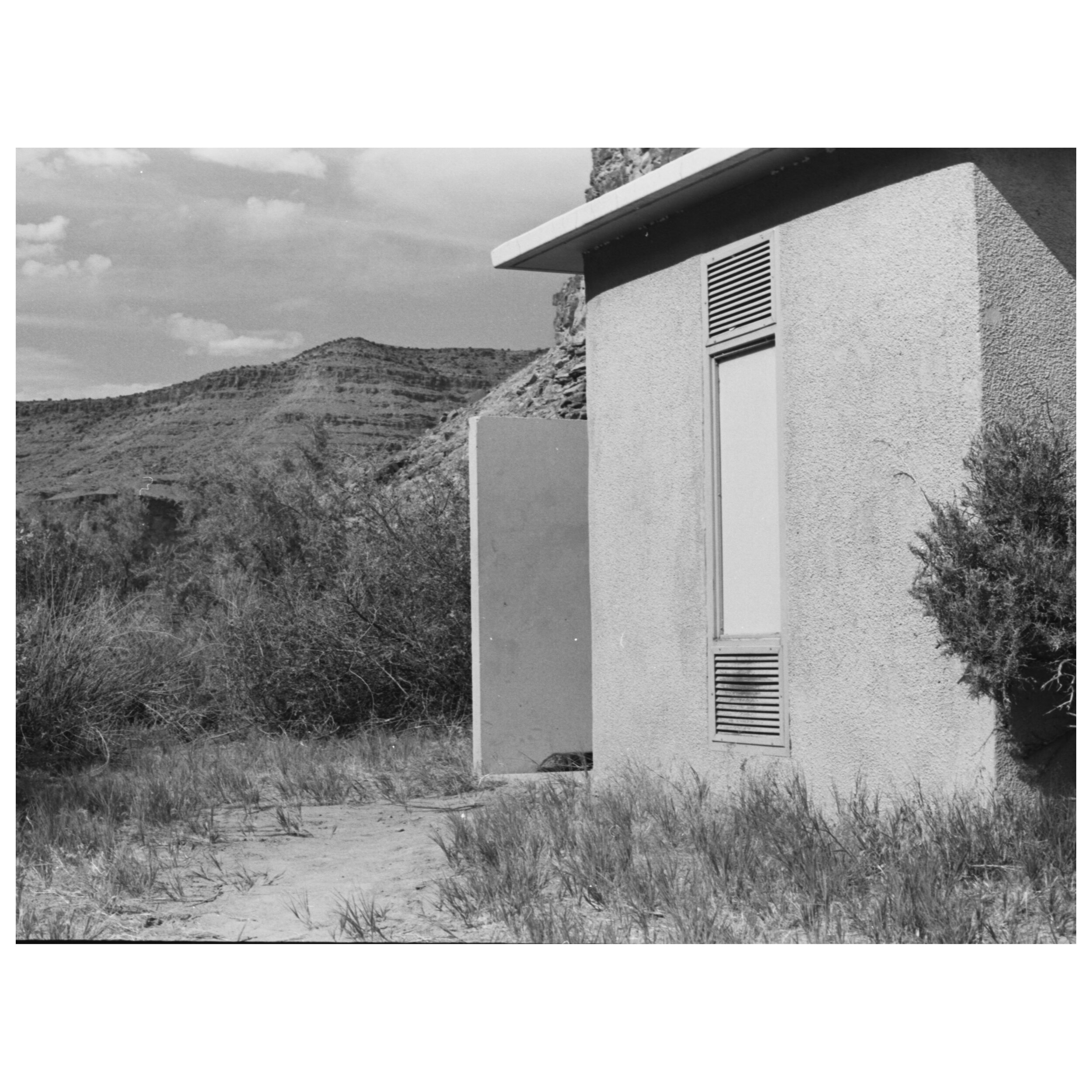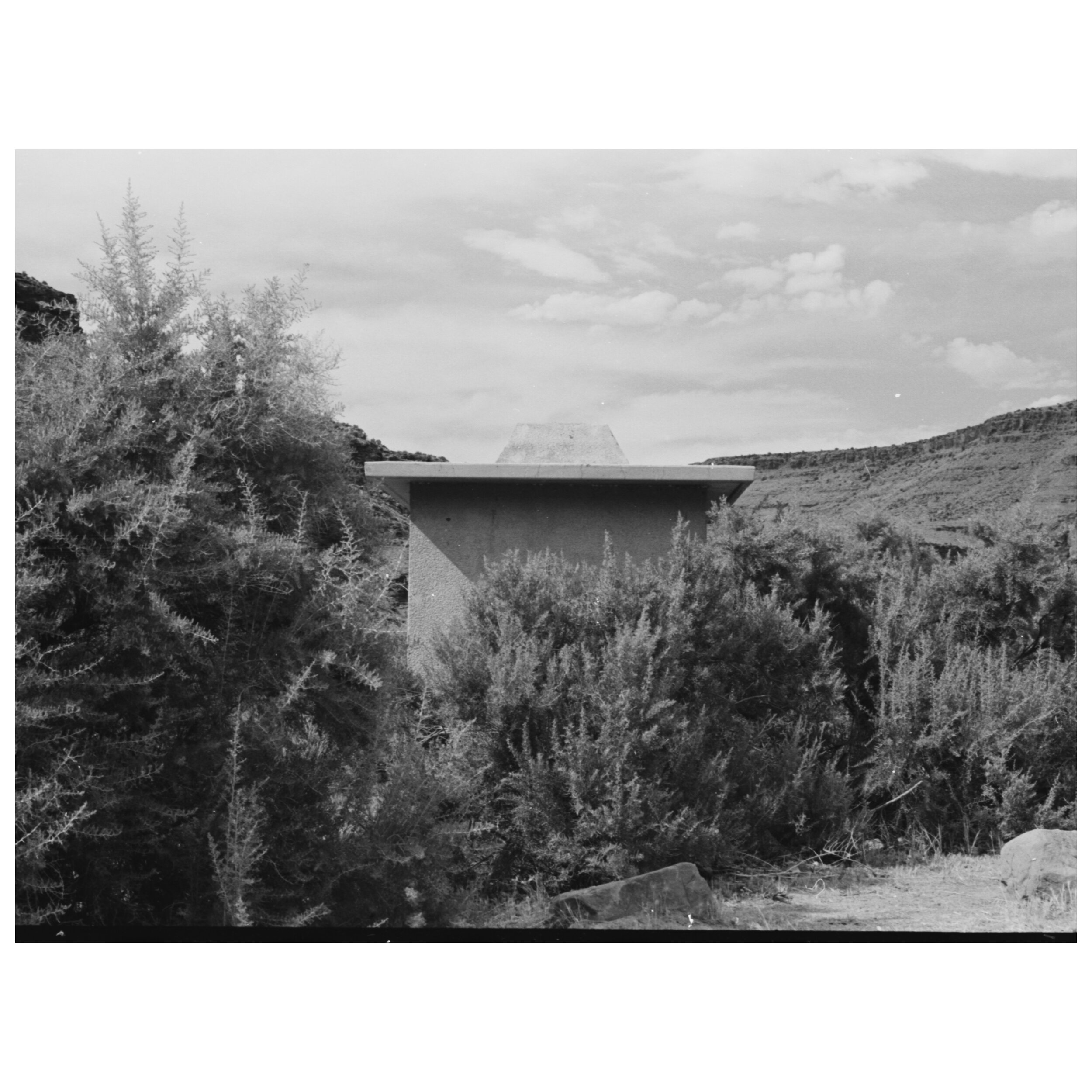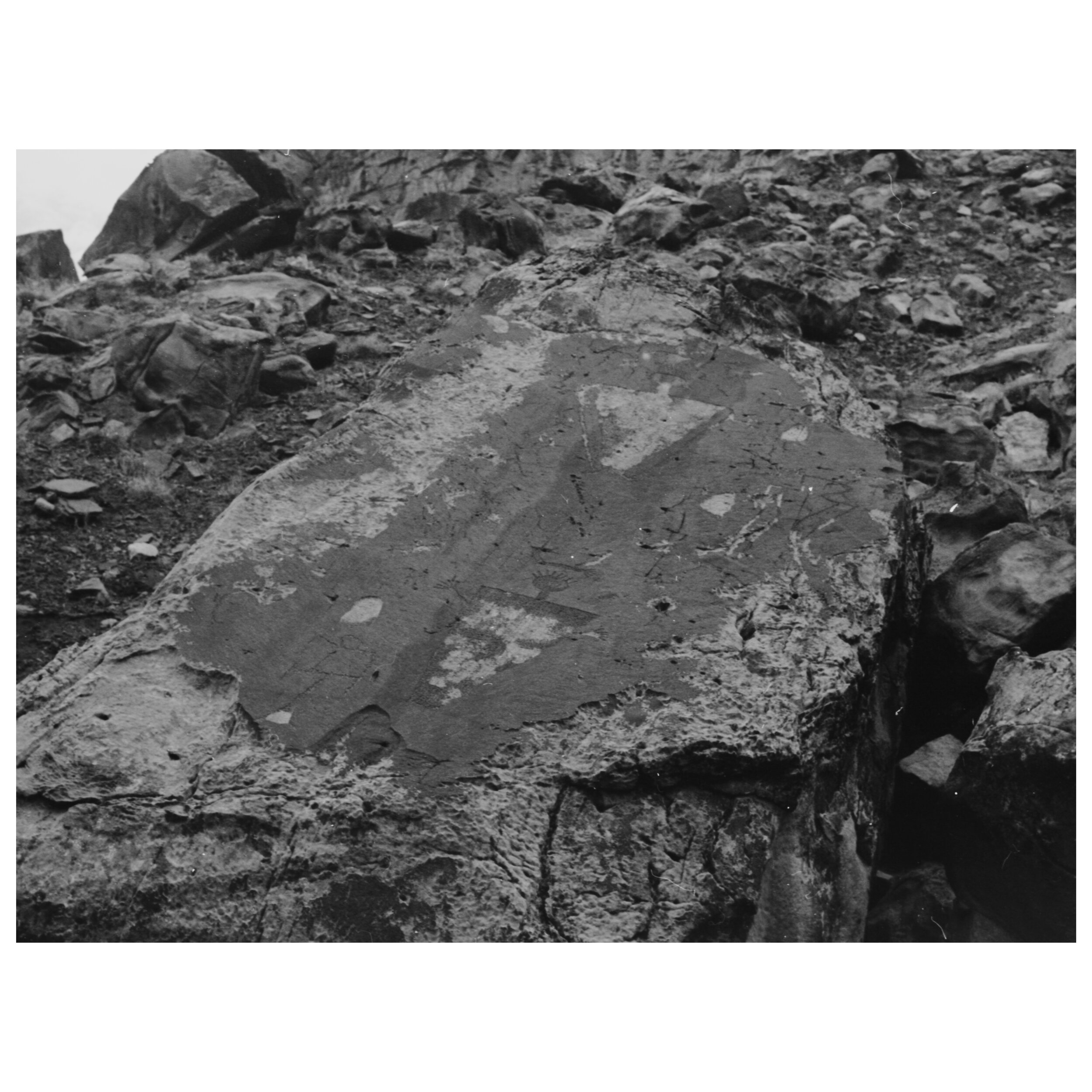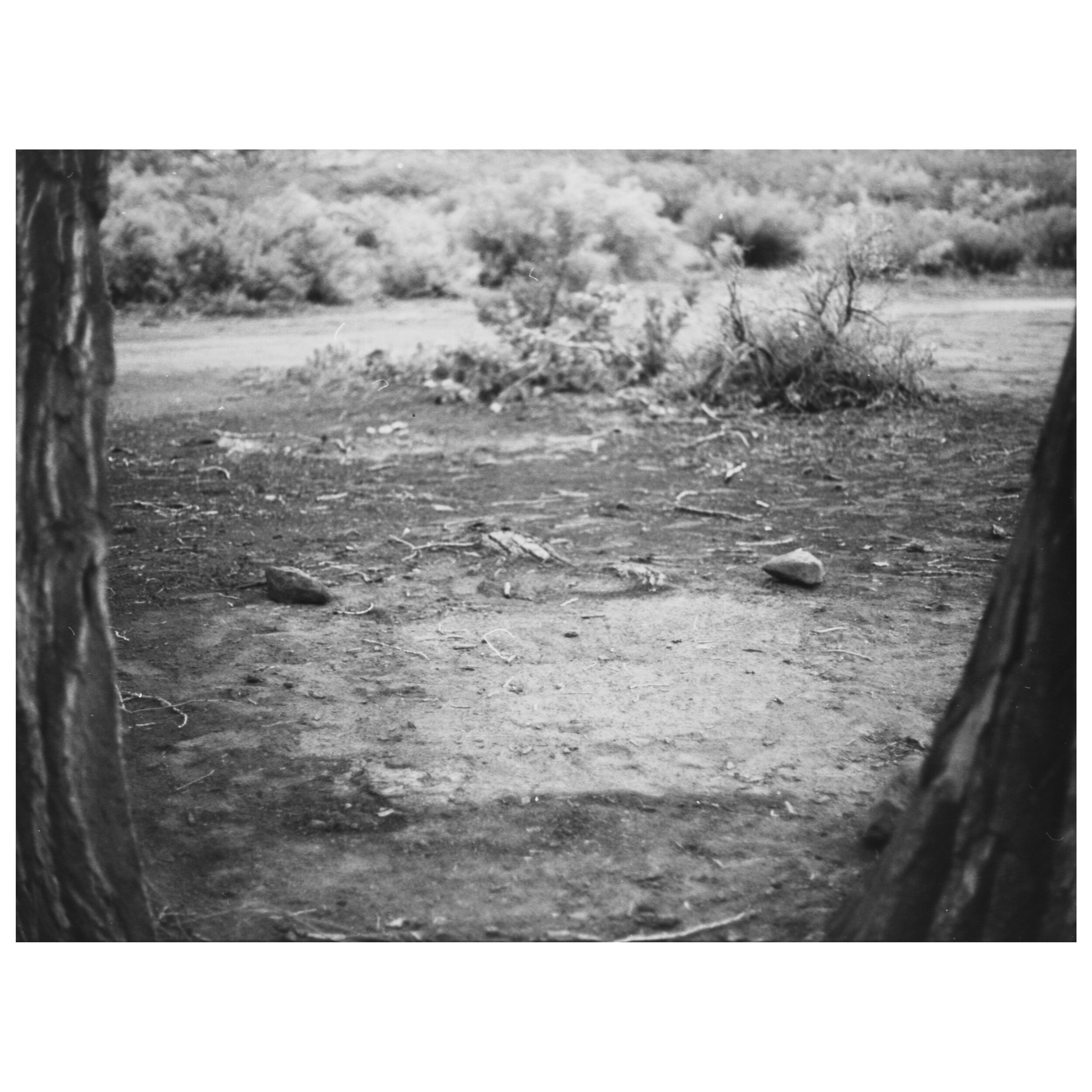I have had time this past week to start exploring areas close to home. The National Parks have begun offering a timed entry-permit system, and I was able to book a slot so we could hike to Sky Pond in the Rocky Mountain National Park, which is one of the most visited national parks in the country. This would actually be the first time I have hiked in the park; As we have dogs and the park does not allow them to hike with you, we tend to go elsewhere. However, I have been keen to explore the RMP for a while as it is a large beautiful area close to home with a lot of wilderness to offer.
The sky pond trail is 9 miles round trip with a 1780 Feet elevation gain ( Trailhead Elevation: 9240 Feet ) and a very popular trail.
All the trails are well travelled and maintained, which makes the trial feel very curated and takes away some of the wildness to replace it with a sense that is a human-made experience. For the number of people that visit the park and may not spend much time hiking, camping, I understand why there is a curation of the trials in this way; it makes it easier to navigate and provide a sense of safety and direction. However, I begin to question how much we curate these spaces. I want places such as national parks to be accessible all, but I find I want to question/examine how we treat the landscape by doing this.
As I move forward with these thoughts, I don’t want the negative aspects or thoughts to be the main theme, I want them to be a starting point and look at how we do preserve and use the land, as its inevitable that we will have an impact on it.
Figure 1 : Mae Sky Pond Rocky Mountain National Park, 2020 Stevi McNeill
I would also like to reflect on counting to experiment with different types of black and white film. I’m really enjoying using the Fomapan Retro 100 ISO as high contrast and has beautiful mid-tones. It also caters to the mood and aesthetic I wish to continue to develop in with the project.
I am still very interested in experimenting with pant based developers and on this hike, I started to consider how I could use plants I find from my hikes, that will not disrupt or take away from the environment… something to think about more as this project continues.
Figure 2 : Sky Pond Rocky Mountain National Park, 2020 Stevi McNeill
Figure 3: Sky Pond Rocky Mountain National Park, 2020 Stevi McNeill
Figure 4: Sky Pond Rocky Mountain National Park, 2020 Stevi McNeill










